Plastic Pollution: What You Can Do to Save Our Oceans
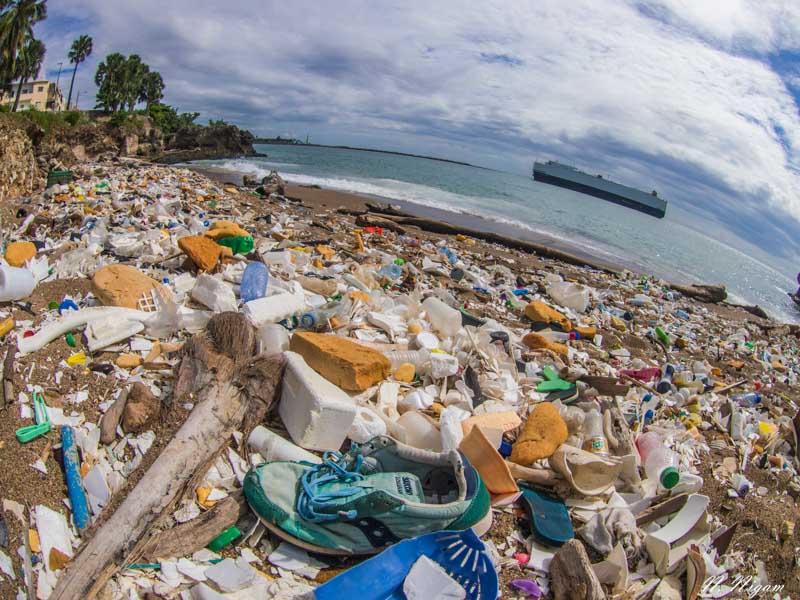
Plastic pollution enters the Caribbean Sea on the shores of Santo Domingo, Dominican Republic - only a few miles to the nearest dive destination. Beaches are the interface between pollution and our natural wonders we hold so dear.
Lately, the word “plastic” evokes more emotion, controversy, and politics then ever before. And with good reason. Plastic pollution is increasingly a real and tangible crisis across the globe. With islands of plastic bigger than some countries forming in the middle of the planet’s ocean gyres it’s only a matter of time before ocean lovers and underwater photographers see its devastating effects firsthand. Many of us already have. As underwater photographers we experience firsthand the environmental gradient between our clear blue seas and our complicated human homes.
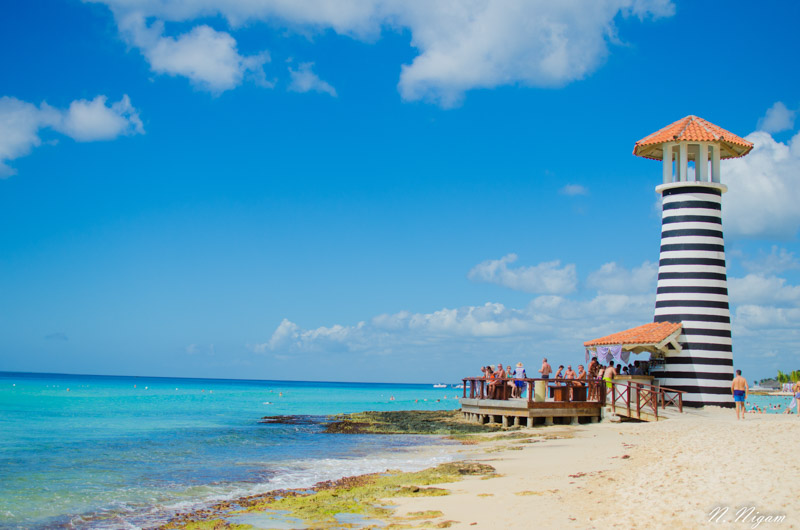
When I first studied the effects of marine debris in 2009, I was under the assumption that our oceans were a massive garbage dump full every shape, size, and color of plastic. But this is far from the truth. People often forget just how vast and deep the ocean really is. Whole cities of plastic could fall into the sea and someone on the other side might never notice. Plastic pollution is a whim of the currents. And this explained why for years I failed to see any of its affects. Despite living and diving in the major metropolis of Los Angeles, I rarely saw anything that resembled visible plastic pollution. For a while the issue marine debris slipped out of view and only appeared when I saw the frequent cigarette butt on the beach.
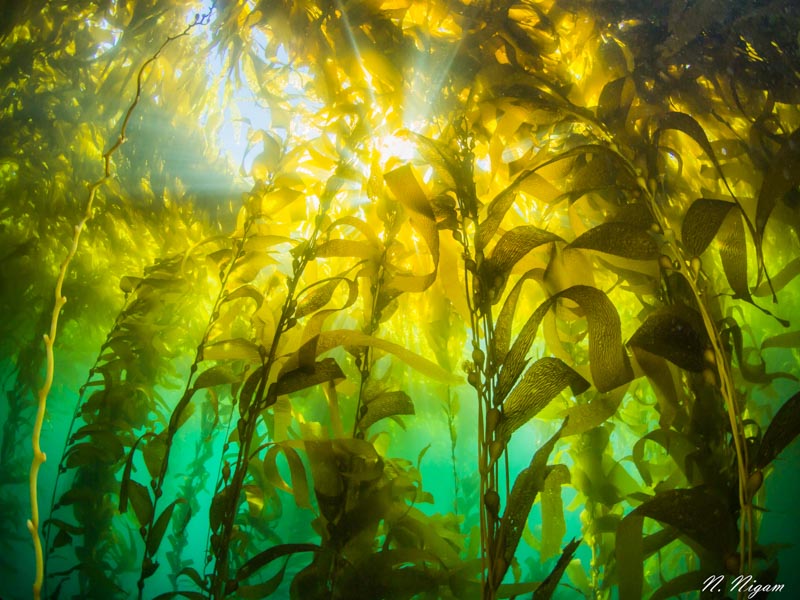
Years later, I moved to Seattle and I saw underwater worlds defined by debris for the first time. But they weren’t the wastelands I thought they would be. They were vast and plentiful ecosystems where the ocean integrated seamlessly with debris. Octopus created homes from bottles and gardens from porcelain. Fish hunted for prey among cement blocks and the occasional toilet. And for a while I had hope that perhaps the ever-estimated critters of our oceans would learn to make the best with the pollution they were given. As Jeff Goldblum says, “Life, uh, finds a way.”
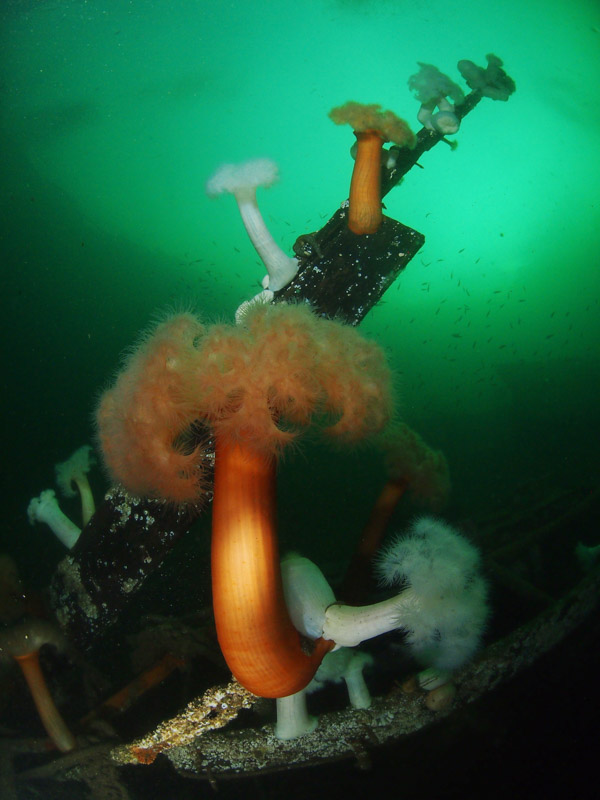
It wasn’t until I ventured into the tropics that I saw the true scale of marine debris and realized precisely the extent and nature of the problem firsthand. People tend to think of plastic pollution in our oceans as being caused by shipping containers falling overboard or lenient laws governing cruise ships. But, in fact, the plastic pollution crisis is an extension of the world we live in. It is our life, here on land, spilling into the sea by our simple, everyday motions.
The first time I understood the true extent of the plastic pollution problem, I almost couldn’t see the sand of the beach I stood on because there was so much plastic. I was in the Dominican Republic – popular tourist destination that couldn’t keep pace with the vast number of people coming in for a holiday. In these places litter, plastic, and general junk would congregate into local rivers, flow with the currents, and accumulate on local beaches. Waves would greet the debris and take it into the ocean with open arms. What struck me about these places was that there was no concerted effort by people to cut corners or regulations. There was no organized dumping. It was just people, living their lives, that happened to be in a place where a lot of other people wanted to be. Yet, when I entered the water 20 miles away exploring pristine Caribbean reefs, there was no plastic in sight. For a while I couldn’t understand why. Then I realized that the vast oceans dilute everything to the point of hiding all problems out of sight and out of mind. And it is in this way that our plastic pollution crisis becomes a problem hiding behind a curtain, unseen, but eventually felt.
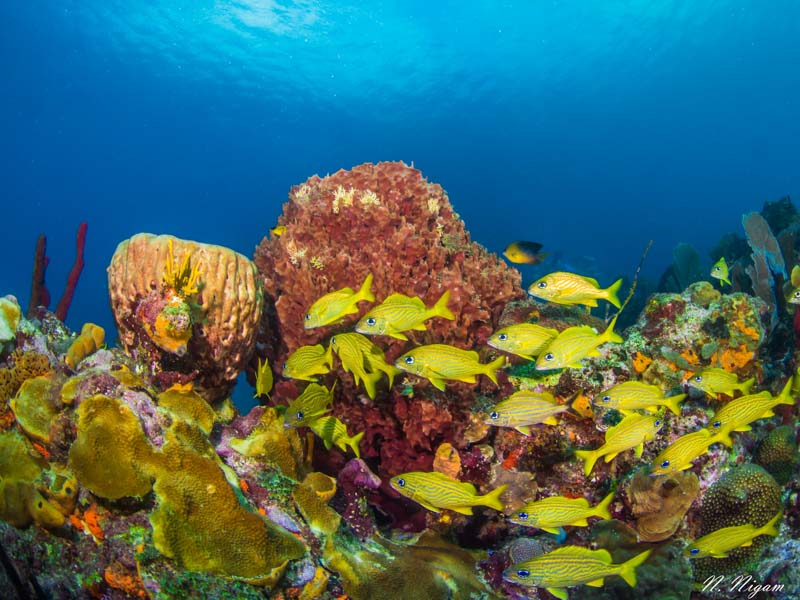
I’ve learned that the path to saving our oceans is living a life where invisible problems remain visible to our conscience and small, invisible fixes enter the framework of our everyday lives. Most importantly, we cannot blame any single party for the issue itself. It isn’t cruise ships, it isn’t shipping vessels, it isn’t developing nations, and it isn’t developed nations. It is all of us living our everyday lives. And that’s what makes the solution so easy. All we need to do is change what we do everyday.
Here is how you can help save our oceans from the plastic pollution crisis:
1. Cook food at home.
Try not to use takeout containers and try not to buy packaged frozen meals.
2. Buy products you can use for a long time.
You’ll thank yourself later as those are probably higher quality products (e.g., buy a metal shovel that can last years rather than a plastic one that breaks in a few uses).
3. Buy in bulk – it uses less packaging
4. Don’t wear glitter.
There are other things that look nice! Microbeads in beauty products should also be avoided.
5. Try to use a water purification system if you don’t have access to good water rather than buying bottled water.
6. Write to manufacturer to implore them to reduce packaging (e.g., candy companies, toy companies, or any company really)
7. Pick up and throw away cigarette butts when you see them
8. Just pick up trash when you see it
9. If you’re at a dive resort, ask how they dispose of waste.
If you see big pile of garbage lying next to the beach on the resort’s property (I’ve seen this before) – make sure you let them know that guests aren’t ok with this. They’re trying to make a living like everyone else, but as a patron you’re going to be the biggest influence on their actions
10. Pick up the trash you see underwater.
Some trash I leave. If I see an octopus living in a bottle, I let it live its life in piece
11. Take photos.
There have been many, many times where I should have taken a photo of plastic pollution and didn’t. I wish I had them all now, so I can show the world the true scale of plastic pollution, especially for an issue that is so invisible.
The oceans will thank you.
RECOMMENDED ARTICLES
SUPPORT THE UNDERWATER PHOTOGRAPHY GUIDE:
The Best Service & Prices on u/w Photo Gear
 Visit Bluewater Photo & Video for all your underwater photography and video gear. Click, or call the team at (310) 633-5052 for expert advice!
Visit Bluewater Photo & Video for all your underwater photography and video gear. Click, or call the team at (310) 633-5052 for expert advice!
The Best Pricing, Service & Expert Advice to Book your Dive Trips
 Bluewater Travel is your full-service scuba travel agency. Let our expert advisers plan and book your next dive vacation. Run by divers, for divers.
Bluewater Travel is your full-service scuba travel agency. Let our expert advisers plan and book your next dive vacation. Run by divers, for divers.


































